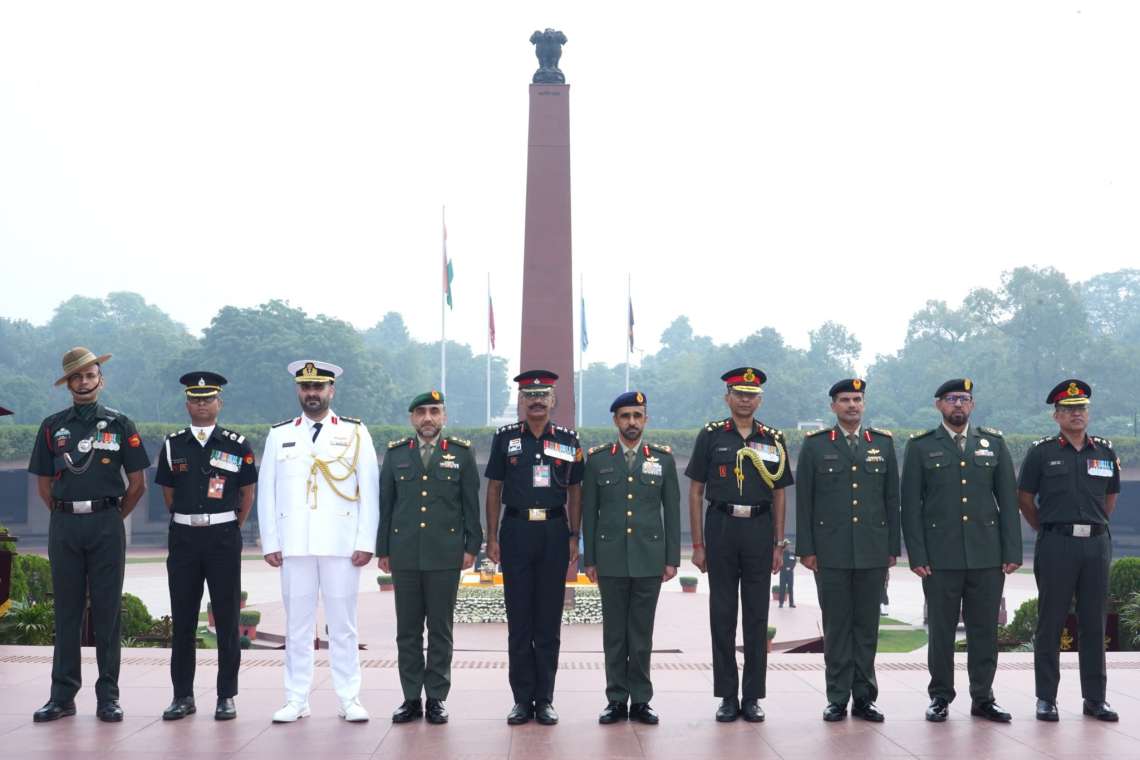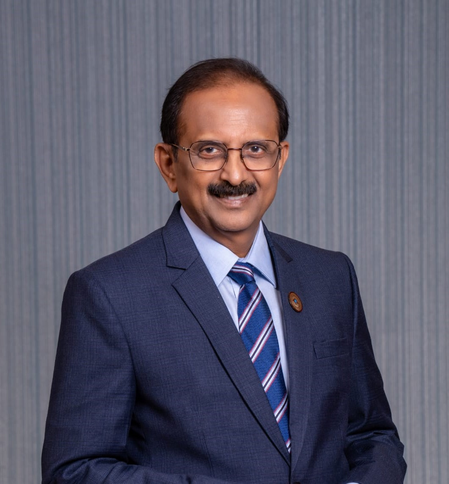Mule accounts are owned by people who are duped by fraudsters into laundering stolen/illegal money via their bank accounts….reports Asian Lite News
Banks in India need to bolster their fraud defences as the number of mule accounts surge and third-party account takeover fraud (55 per cent of all frauds in the country) represents a bigger threat than social engineering scams, a report showed on Wednesday.
Mule accounts are owned by people who are duped by fraudsters into laundering stolen/illegal money via their bank accounts. When such incidents are reported, the “money mule” becomes the target of investigations due to their involvement.
According to the ‘2024 Digital Banking Fraud Trends in India’ report by BioCatch, a global leader in digital fraud detection, every device found to participate in mule activity in India logged into an average of 35 accounts each.
“Fraudsters are likely accessing Indian mule accounts from outside the country. While 86 per cent of the first session of documented mule account activity came from within India, after a month, that number fell to just 20 per cent and 16 per cent of those sessions used a virtual private network (VPN),” the findings showed.
BioCatch customers saw more mule activity (14 per cent of the total) in Bhubaneswar than anywhere else in the country.
Lucknow and Navi Mumbai accounted for 3.4 per cent of recorded mule activity, two cities in West Bengal – Bhagabatipur and Gobindapur – 1.7 per cent and 2.6 per cent, respectively, Mumbai 2.2 per cent, Bengaluru 1.8 per cent, and Cuttack 1.6 per cent, said the report.
At one partner bank in the country, BioCatch found nine out of every 10 mule accounts went undetected.
“The prevalence of mule accounts potentially represents the most under-the-radar trend in the entire fraud space,” said Tom Peacock, BioCatch’s director of global fraud intelligence.
The findings came on the heels of a recommendation by the Reserve Bank of India (RBI) that financial institutions in that country abandon text-based, one-time passcodes as a method of secure authentication.
According to counter-fraud expert Charanjeet S. Bhatia, “the existing OTP-based authentication doesn’t protect customers against new-age frauds, including customer-initiated fraudulent transactions.”
“With the right technology and implementations, banks can do a lot more than what they are currently doing to protect customers,” said Charanjeet S. Bhatia in response to the RBI recommendation.

UPI, Aadhaar to Boost India’s $8T Economy by 2030
Digital Public Infrastructure (DPIs) like Unified Payments Interface (UPI) and Aadhaar are poised to propel India towards a $8 trillion economy by 2030, helping the country achieve a $1 trillion digital economy target, a Nasscom-led report said on Wednesday.
With successful mass adoption and larger economic impact, DPIs are impacting approximately 1.3 billion citizens, covering 97 per cent of India’s population.
The matured DPIs enabled a value creation of $31.8 billion, equivalent to 0.9 per cent of India’s GDP in 2022.
Aadhaar has enabled an economic value of $15.2 billion, primarily through the elimination of Direct Benefits Transfer leakages. UPI, on the other hand, has replaced cash transactions and electronic transfers across sectors, contributing $16.2 billion, according to the report by Nasscom in collaboration with global consulting firm Arthur D. Little.
“India’s digital transformation, propelled by DPIs, marks a leap towards a digitally-empowered economy, a cornerstone of ‘techade’, driving the ‘India@47’ growth narrative. DPI’s success has positioned India as a global leader in digital innovation,” said Debjani Ghosh, President, Nasscom.
Ecologically, DPI adoption has led to significant paper savings and carbon emissions reduction. The time saved in logistics and transportation sector reduced carbon emissions by 3.2 million tonnes in 2022.
Furthermore, DPIs align with core UN SDG goals by providing citizen-centric solutions, said the report.
India’s interoperable and open-source DPIs are now being adopted or considered by over 30 countries to enhance social and financial inclusion.
“While mature DPIs have witnessed exponential adoption by 2022, the next 7-8 years offer an opportunity for further scalability, reaching even the most remote segments of the population. By 2030, DPIs will significantly enhance citizens’ efficiency and promote social as well as financial inclusion,” said Brajesh Singh, President-India, Arthur D Little.
The transformation of matured and budding DPIs through innovative technology integration such as AI, Web3, Metaverse presents significant opportunities.
To realize the 2030 DPI potential, government agencies need to continue to give proactive policy support, regulatory clarity, and promote existing digital ecosystems by setting up task forces to drive adoption and foster innovation through partnerships with corporates and startups, the findings showed.
“Startups and SMEs should build business models that capitalise on the full-scale adoption of existing digital infrastructure and experiment with new-age technologies. Corporates and Big Tech should anticipate future digital demand, build necessary infrastructure and foster innovation,” it added.














